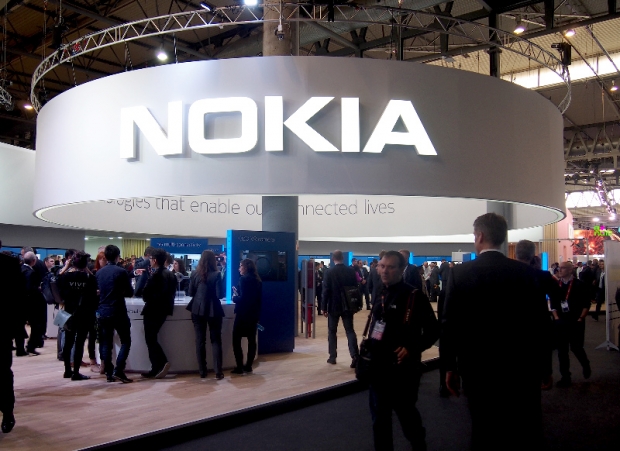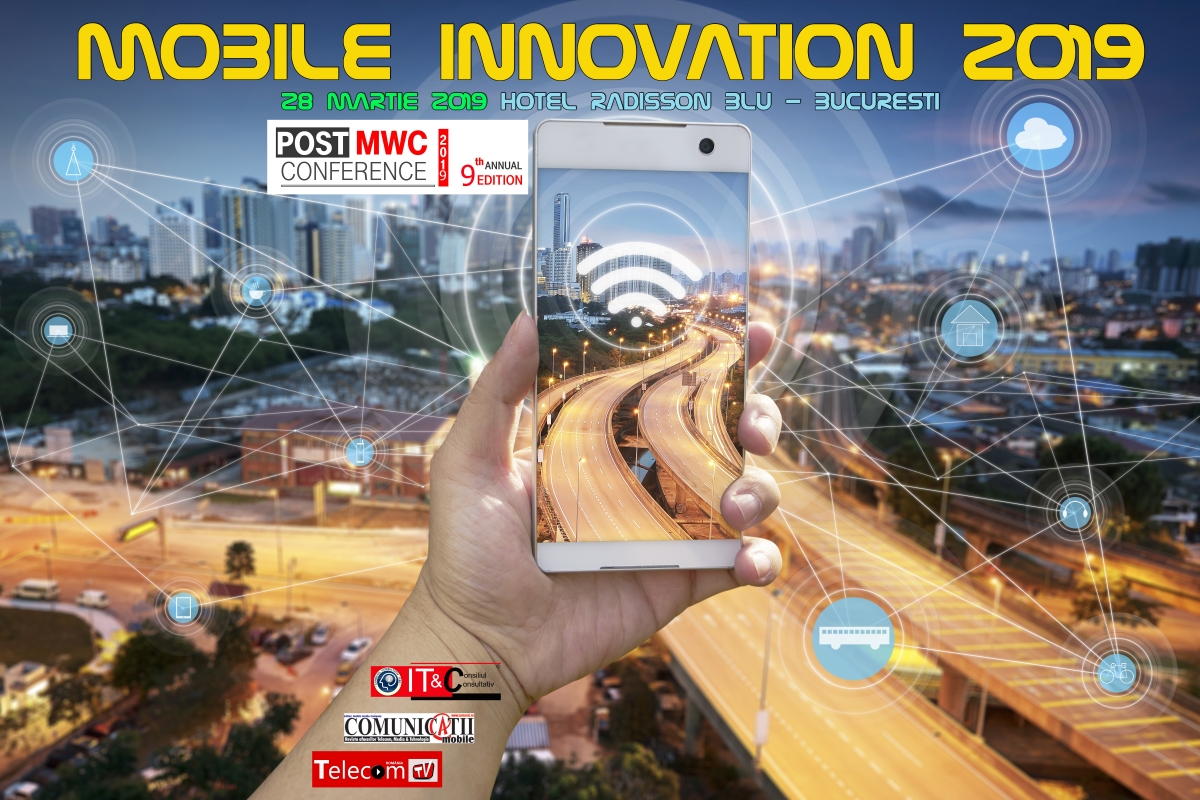
Following successful demonstrations at Wembley Stadium, Nokia and EE, the UK mobile network operator, work together at Mobile World Congress 2016 to show how Mobile Edge Computing can enable the rapid delivery of innovative services, including ultra low-latency video for stadium security and customer experience applications at high-traffic locations, according Nokia.com. When people attend a major event today, they want a mobile experience to complement the thrill of live sport or music. Fans want connectivity that's reliable, with great content like stats, integration with social media, access to replays, and multiple camera angles. Event organizers and service providers need to provide this connectivity and enable a great content experience. At the same time, mobile connectivity can also be used to maintain a high level of safety for all.
At the GSMA Innovation City during Mobile World Congress 2016, Nokia and EE conduct two demonstrations of Nokia's zone applications deployed over a Mobile Edge Computing-enabled LTE network:
Using Edge Video Orchestration, the Mobile Live TV program is delivered simultaneously to multiple LTE-enabled devices such as smartphones and tablets, reducing latency to hundreds of milliseconds
Secure, high-performance technology for managing crowd safety and reporting incidents will provide immediate and complete situational awareness within a venue, managing multiple video streams from LTE-connected bodycams transmitted to control room staff
Nokia and EE are actively developing the Mobile Edge Computing ETSI Standard and have already demonstrated its power at Wembley Stadium.
Click to Tweet: .@nokianetworks @EE demonstrate enriched connected stadium experience at #MWC16 using Mobile Edge Computing http://nokia.ly/1TAIUpD
Solution details at a glance:
Deploying applications at the network edge brings content closer to consumers and reduces latency
Nokia zone applications combine LTE and Wi-Fi with Mobile Edge Computing
Mobile Edge Computing combined with LTE-broadcast (eMBMS) enables efficient, rapid delivery of live content and requires no modification to the core network
Mansoor Hanif, Director of RAN development at EE, said: "This high-performance and scalable technology offers huge opportunities. We have already shown how it provides our subscribers with a unique video experience in a stadium environment in the most efficient way, and we will continue to work with Nokia to develop new ways of applying the technology."
Richard Wilson, EE Customer Team head at Nokia, said: "These are just two of the possibilities for the new Nokia zone applications. The incident-reporting solution is the first of its type to allow transmission of multiple real-time video feeds from smartphones and bodycams to a central control room using a Mobile Edge Computing-enabled LTE network. The power of Mobile Edge Computing will expand the possibilities of the connected world and meet the complex demands and security needs of everyone in high-traffic locations."





